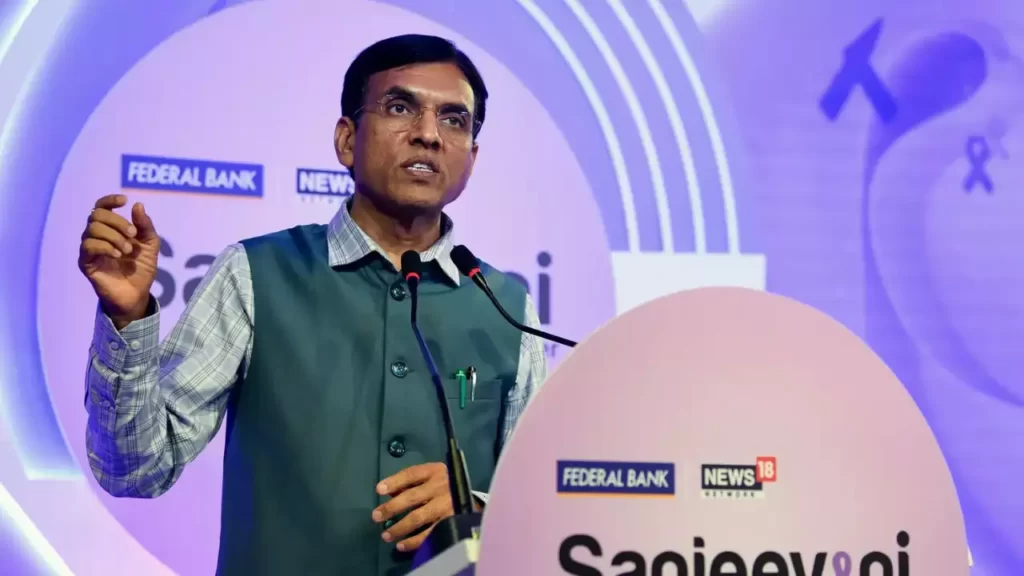Capgemini Witnesses a Sharp Decline in Offshore Headcount, India Heavily Impacted
French IT company Capgemini has seen a significant reduction in its offshore workforce, with a decline of 14,600 employees in the September quarter. This reduction has notably affected its operations in India, where it had 185,000 employees, accounting for less than half of its total workforce of 342,700. It is estimated that Capgemini’s headcount in India may have decreased by nearly 7,000 employees during this period, following the addition of 35,000 people in the previous fiscal year. The offshore headcount of Capgemini has decreased by 7% to 196,000 employees in the September quarter, while its onshore workforce decreased by 1,100 employees. Capgemini’s CFO, Carole Ferrand, emphasized the company’s focus on efficiency and optimizing its talent base, especially in offshore locations, after a period of intensive hiring and high attrition. She mentioned that attrition rates have now cooled down to 18.6% over the last 12 months, aligning with the company’s nominal operating ranges. When contacted for a statement, Capgemini’s spokesperson explained that the company had adopted a stable hiring approach due to the challenging economic environment. They highlighted a focus on investing in new skills, fostering innovation, and expanding the portfolio. Capgemini, however, did not disclose its current headcount in India following the reduction in offshore employees. Capgemini’s CEO, Aiman Ezzat, mentioned the company’s plans to expand its workforce in data and AI, business, and technology talent, aiming to double the team to 50,000 people in the next three years. The company also intends to train over 100,000 employees in genAI-specific tools within the next 12 months. In terms of financial performance, Capgemini reported a 2.3% year-on-year revenue increase in constant currency for the September quarter. However, revenue in the North America region declined by 4%, attributed to the challenging economic environment and a gradual deceleration scenario for 2023. Ezzat emphasized the importance of the transition to a digital and sustainable economy for Capgemini’s clients and highlighted the increasing demand for generative AI. The company’s genAI campus has been launched to provide training for employees, aligning with its 2 billion euros investment plan to strengthen its presence in this field.
Capgemini Witnesses a Sharp Decline in Offshore Headcount, India Heavily Impacted Read More »










